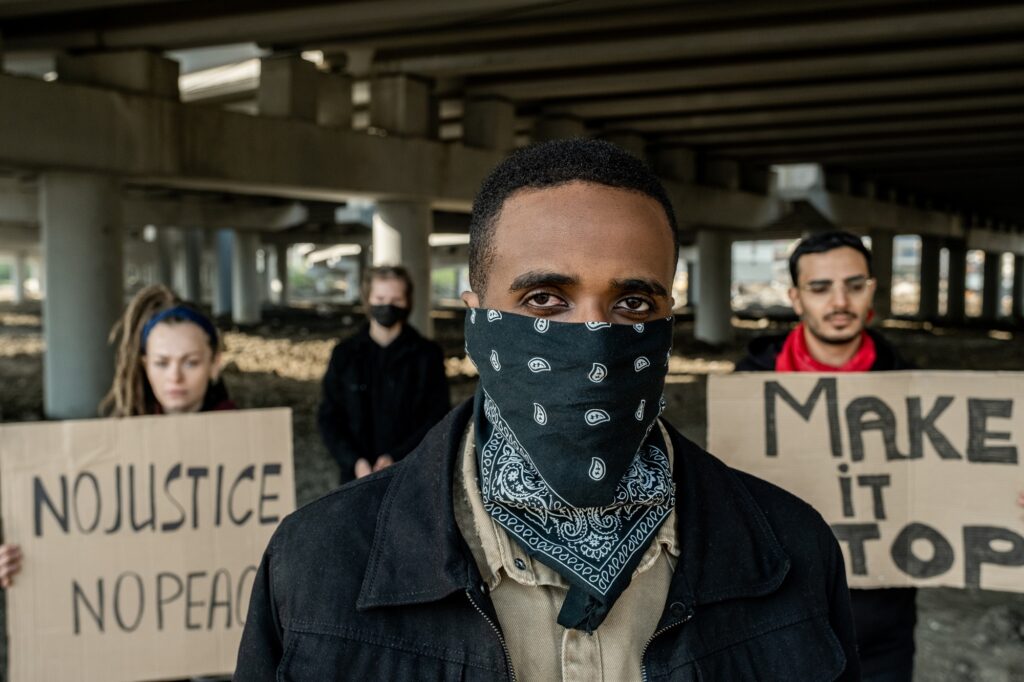Introduction
Living dangerously in Europe – these words capture, in my opinion, the heightened tension and uncertainty gripping the continent in 2025. Political transformations, economic headwinds, and surging skepticism toward newcomers all combine to create an ever-shifting landscape for those seeking a fresh start. As I see it, the challenges aren’t just theoretical exercises in policymaking or economic forecasts; they impact real people striving to establish a life in unfamiliar territory. I am forced to note that, while Europe historically prides itself on its diversity and open-minded ideals, there are new obstacles that demand resilience, both from immigrants and the societies receiving them.
Key Takeaways
- Political Volatility: Europe’s shifting political landscape can place immigrants in uncertain positions, prompting stricter border controls and harsher rhetoric.
- Economic Strain: A competitive labor market and resource allocation dilemmas exacerbate tensions for newcomers seeking employment and social support.
- Cultural Crossroads: Rapid cultural blending can intensify friction, but grassroots initiatives highlight the continent’s enduring spirit of acceptance.
- Potential for Renewal: Immigrants’ resilience, coupled with Europe’s capacity for innovation, might transform current challenges into an inclusive future.
Political Turbulence and Societal Pressures
The political scene across many European nations has been increasingly prone to volatility, with populist voices often championing stricter immigration rules and heightened border controls. From my perspective, such developments can sow division, pitting local populations against those who arrive from outside the continent. The rhetoric often frames immigrants as potential threats to scarce resources or cultural cohesion, breeding a pervasive sense of fear and mistrust. Yet, I believe these tensions inadvertently highlight the ongoing debate about shared values: Is Europe willing to stand by its humanitarian commitments even when the tide of popular opinion grows uncertain?
Economic Dimensions and Labor Market Struggles
One of the most pressing aspects of living dangerously in Europe is the competitive job market that greets new arrivals. With unemployment rates fluctuating, governments face the thorny dilemma of balancing domestic job protection with immigration policy. In my opinion, this tension puts newcomers in a precarious position, as they strive to prove their worth. They must navigate complex licensing procedures, language barriers, and sometimes even xenophobic attitudes. Even the most skilled and determined individuals can find it challenging to secure meaningful employment in a climate where governments are questioning how many newcomers their economy can sustain.
Moreover, the strain on social services is real. Healthcare systems, educational facilities, and housing initiatives are often stretched thin, especially in regions grappling with the aftermath of economic recessions or demographic shifts. Immigrants, particularly asylum seekers, can suffer the brunt of limited resources, facing longer waiting times and fewer support opportunities. I am of the view that this situation places enormous pressure on governments to reform social programs, balancing moral responsibility with economic feasibility.
Cultural Crossroads and Integration Hurdles
Although diversity has long been one of Europe’s strengths, the continent finds itself at a cultural crossroads. As I see it, the friction often arises not merely from language or customs, but from the accelerated pace of cultural blending. Families who arrive from regions with markedly different social norms and traditions face an uphill battle to integrate. The tension this creates can spark defensive responses from local communities anxious about preserving their heritage.
Yet, I firmly believe that Europe still retains a core spirit of acceptance and solidarity. Stories of neighbors rallying around newly arrived families, or volunteer networks that support language learning and job training, remind us that the essence of European unity is not gone. It merely requires concerted effort to thrive in a moment overshadowed by skepticism and division.
Hope and Resilience
Living dangerously in Europe does not imply a continent on the brink of collapse; rather, it underscores a moment of heightened awareness and rapid change. Immigrants persist in their determination to contribute, aspiring to shape the future of the communities they join. In my opinion, this dynamic interplay fosters dialogues that can reshape policies and public attitudes for the better. By acknowledging cultural diversity as a source of innovation, European societies may yet transform these uncertain times into an opportunity to forge a more inclusive future.
Conclusion
I am convinced that the year 2025 stands as a critical juncture for Europe, one that tests the very principles of openness and unity. Those who migrate here do so with hope, courage, and the conviction that Europe’s enduring humanitarian ideals will eventually welcome them. Though the path may seem fraught with risk and challenge, it is precisely in these difficulties that the seeds of unity, innovation, and collective renewal can be found.
#










